If you are . . .
– 105% more likely than the average person to drive hybrid cars
– 77% more likely to own Apple Mac laptops
– 65% more likely to purchase five pairs or more of sneakers every year
– and 32% more likely to not be registered voters.
Then you are probably a Blue Moon drinker.
I’m not making this up. It’s all in an Advertising Age article headlined “What Your Taste in Beer Says About You,” reporting research by Mindset Media. Of course any story in which the “the concept of beer-as-window-to-the-soul . . . (is based on) psychographics” is required by law to be silly.
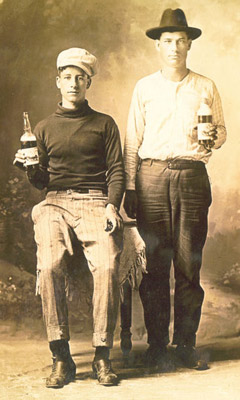 Let’s go straight to the stereotypes: Budweiser drinkers are 42% more likely to drive a truck than the average person and Blue Moon drinkers drive hybrids. Corona drinkers are 38% more likely to own three or more flat-screen TVs and Michelob Ultra drinkers are 34% more likely to buy life insurance.
Let’s go straight to the stereotypes: Budweiser drinkers are 42% more likely to drive a truck than the average person and Blue Moon drinkers drive hybrids. Corona drinkers are 38% more likely to own three or more flat-screen TVs and Michelob Ultra drinkers are 34% more likely to buy life insurance.
As you might have already guessed I’m a psychographics skeptic; so much so that I didn’t believe in it even before it was invented. But why let that get in the way of a little fun? Consider this:
[xxxxx] are socially liberal and usually quite willing to go against convention. They really hate moral authorities, and believe children should be exposed to moral dilemmas and allowed to come to their own conclusions. They can also be sarcastic and snide in order to get a point across.
“Blue Moonies” or “craft” beer drinkers?
The former. Real “craft” beer drinkers are lumped together into one category that does not include Blue Moon drinkers.
This group is more likely to spend time thinking about beer rather than work. They are more open-minded than most people, seek out interesting and varied experiences and are intellectually curious. Craft-beer drinkers also skew as having a lower sense of responsibility—they don’t stress about missed deadlines and tend to be happy-go-lucky about life.
Craft-beer lovers are 153% more likely to always buy organic, 52% more likely to be fans of the show “The Office” and 36% more likely to be the ones to choose the movie they are going to see at the theater.
Like looking in a mirror, right?
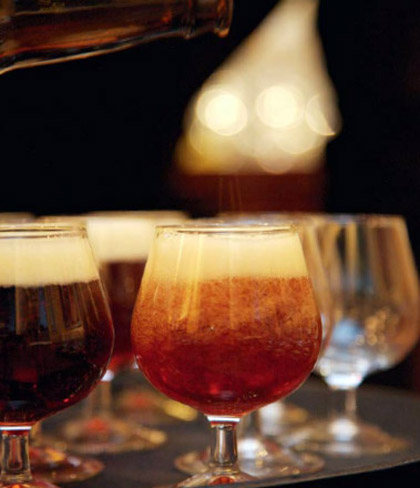
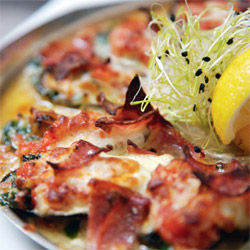 During our family’s
During our family’s 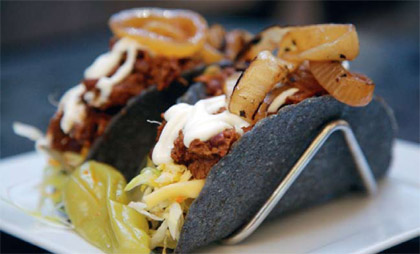
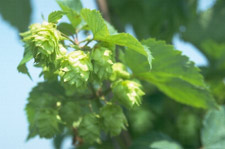 The OregonLive headline tells you pretty much all you need to know:
The OregonLive headline tells you pretty much all you need to know: